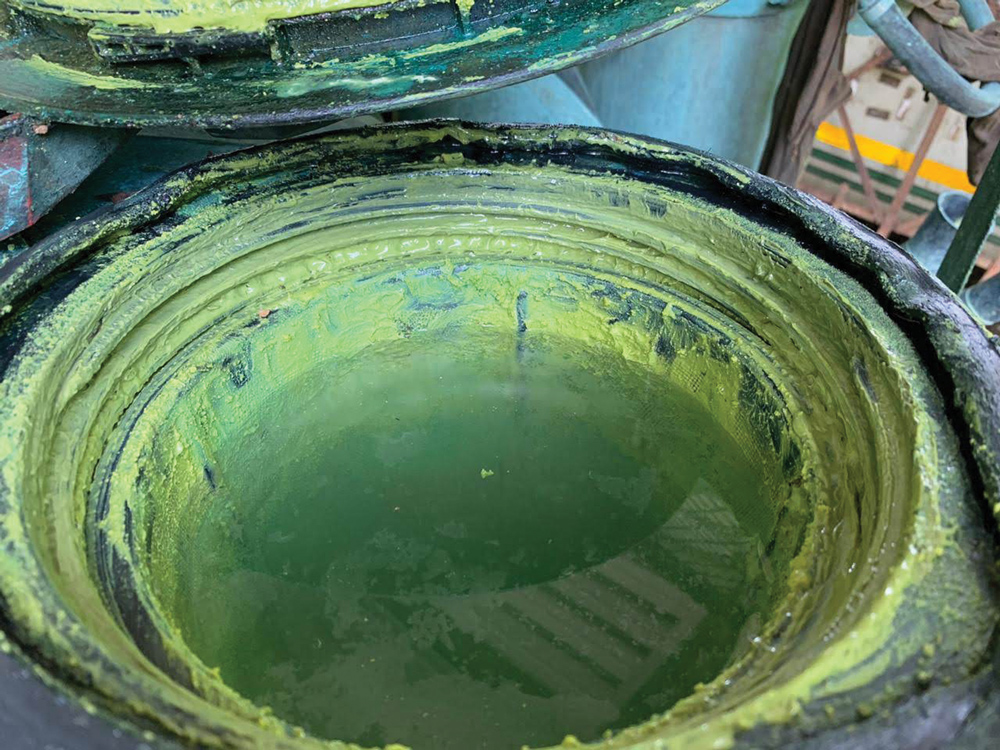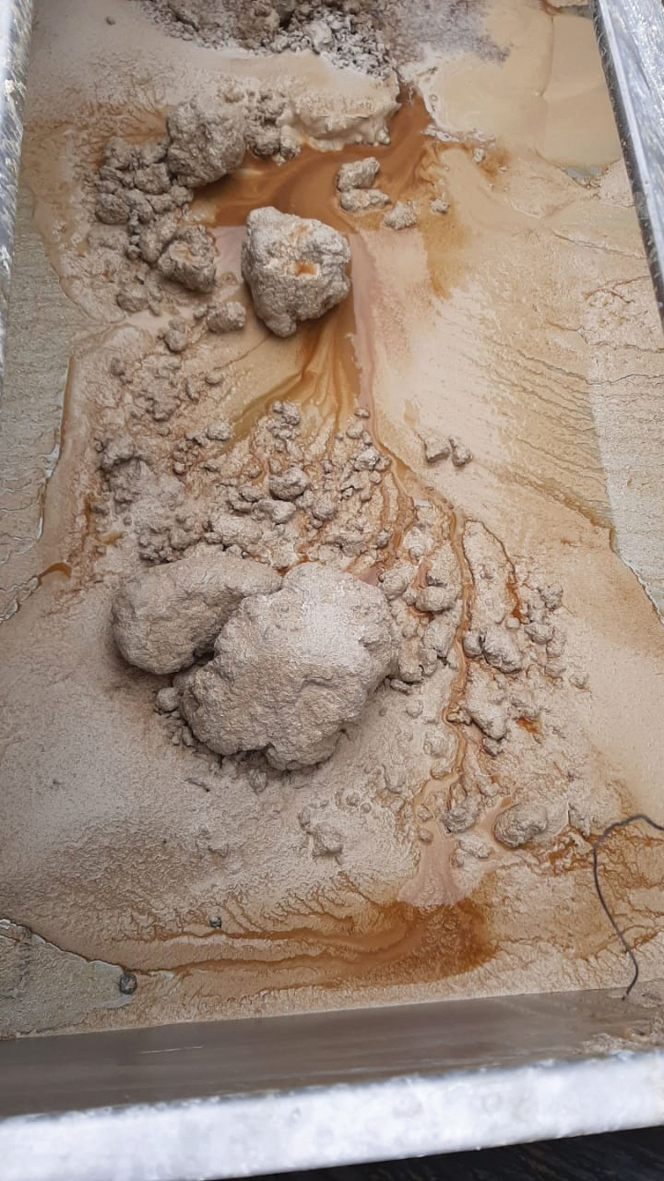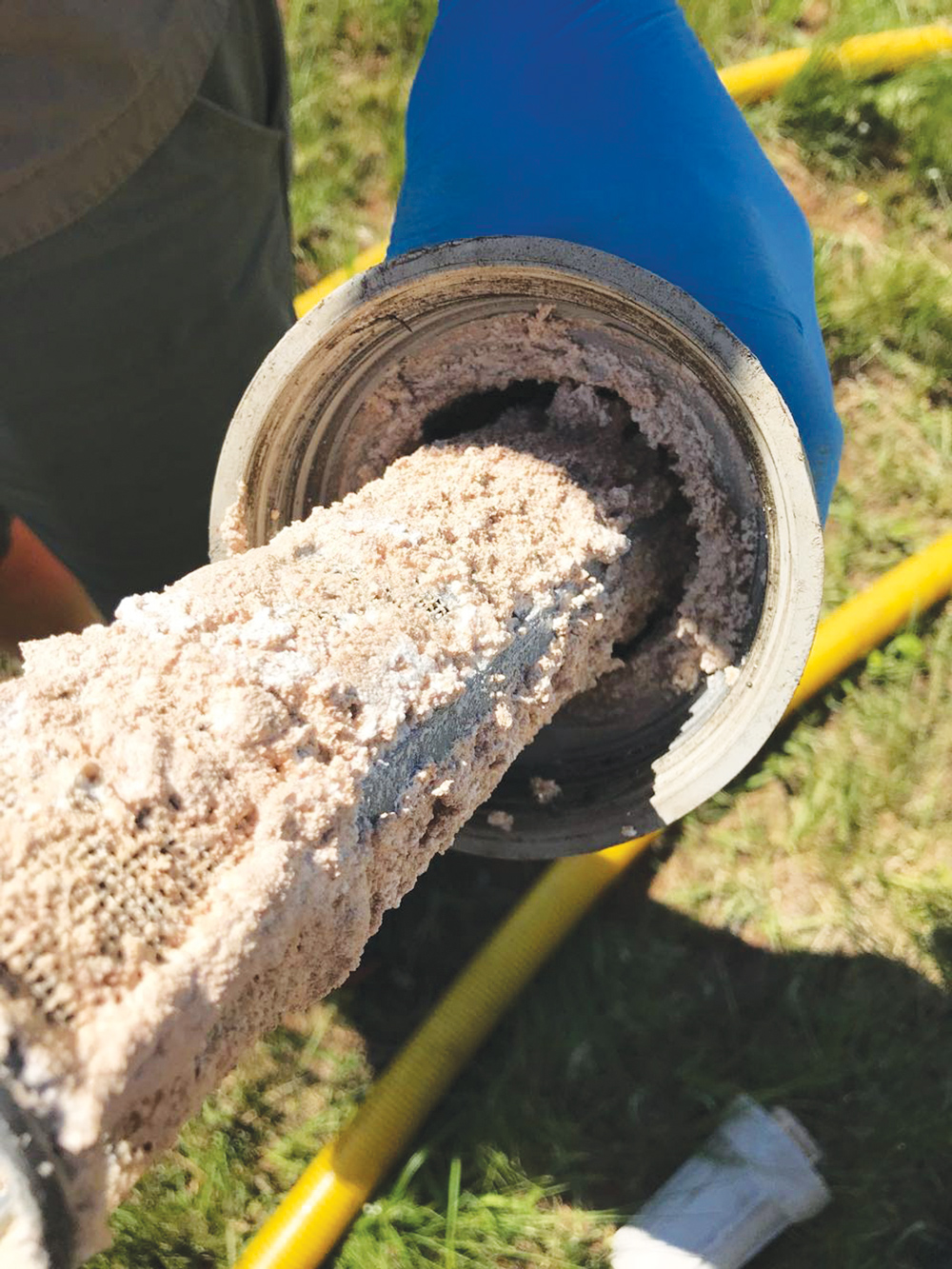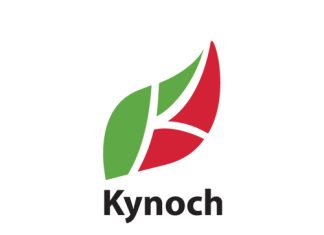
Less is more when it comes to tank mixtures. This point has been made since the beginning of pesticide applications – the problem of adding too many agricultural remedies to a tank is as prevalent today as it was then.
Why add pesticides in a tank mixture?
There are multiple reasons for adding pesticides in a tank mixture. The most important of these is synergism. Some pesticides function better when added together and the addition of an adjuvant may result in better as well as a broader spectrum of pest control.
The reasons producers prefer to add their agricultural remedies into one tank include the following:
- It saves time, since they do not have to go over a field multiple times.
- The reduction in the amount of passes across the field reduces crop damage and soil compaction.
- It saves water since a water volume is chosen and all their agricultural remedies are added to that water volume.
- Money is saved on diesel, labour, and additional water costs.
- One can make a timelier application based on weather conditions, crop stages, or pest life cycle stages.
Risks associated with tank mixtures
As a matter of practicality, one can easily see why tank mixtures are popular. If done wrong, however, they could lead to an array of problems. Antagonism is the first issue. Just as synergism can be a great advantage, antagonism can equally be a great disadvantage. Results may only be noticed after a period of loss because the products did not work optimally. Antagonism can also result in phytotoxicity to the crop: in some cases one product might make another product ‘hot’, resulting in leaf scorching.
Physical incompatibility could result in lumps or sediment that can block the nozzles and/or result in the active ingredient precipitating out of the solution. The products could also separate within a tank, with certain parts of the field only receiving one remedy, whereas other parts of the field received another. The water requirements of different agricultural remedies differ: some need to be sprayed to the point of run-off, while others should just be enough to cover the leaf surface. In line with the water requirements, the droplet size will also determine the efficacy of different remedies. Fungicides generally require a fine droplet size, insecticides a slightly larger droplet size, herbicides the third largest droplet size, and fertilisers the largest droplet size. (Exceptions to the rule, however, exist and labels should be consulted.)
The last risk associated with tank mixtures is formation of tolerance or a shift in sensitivity of pests. Suboptimal/sublethal dosage rates of the remedies result in pests that build up tolerance to pesticides, making control even harder.


Impact of tank mixtures that go against label recommendations
As with most things in life, one does not think about the impact of doing something that is not correct unless there is a financial implication. So, what is the financial impact of using a tank mixture that is not registered, and things going wrong? The first loss that will be noticed is a direct loss. Agricultural remedies are not cheap, and there is a direct financial loss of the products purchased since they will work suboptimally or not at all. The water and diesel costs used for application will also be lost. Equipment might be damaged due to blocked nozzles, pipes, and tanks. Finally, the crop might be damaged due to phytotoxicity.
As many producers/agents/chemical companies have insurance, one might think these losses will be recuperated. This is where a secondary loss could be observed. Insurance companies have caught on that labels are not always followed as they should be, and a new deductible system has been put in place. Note that there is no insurance cover if products are used outside of label specifications (i.e., in an unregistered fashion), and all products in the tank mixtures must be registered on the crop in question. Insurance deductibles vary from premium to premium and an original deductible could be as much as R500 000 where one to five products are used in a tank mixture. For every additional product that is added to the tank mixture, an additional R150 000 is charged, up to a maximum deductible of R750 000 for ten products or more, giving a total excess payment of R1,25 million. This is assuming the insurer will support the claim at all.
The long-term loss that might be observed, is the fact that a field cannot be farmed since all the weeds, insects, and pathogens have become resistant to all registered pesticides.






























